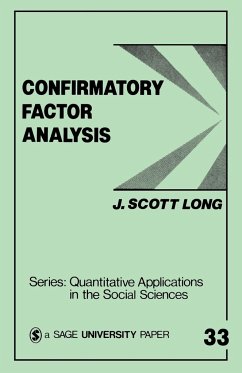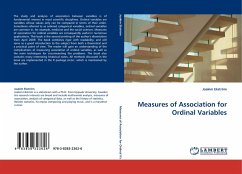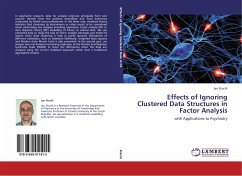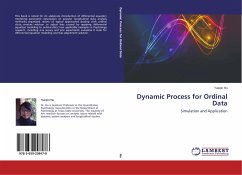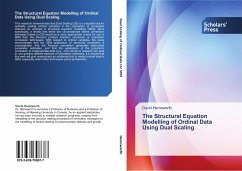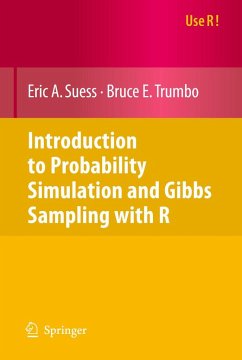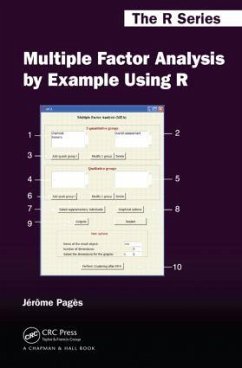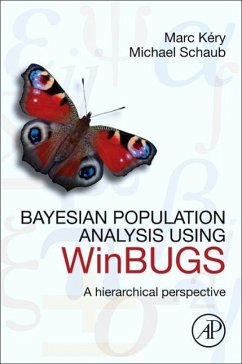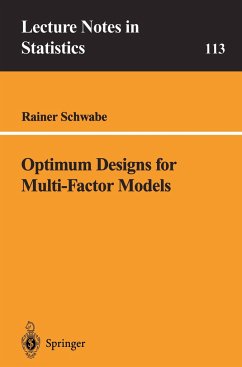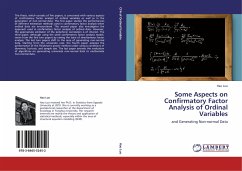
Some Aspects on Confirmatory Factor Analysis of Ordinal Variables
and Generating Non-normal Data
Versandkostenfrei!
Versandfertig in 6-10 Tagen
45,99 €
inkl. MwSt.

PAYBACK Punkte
23 °P sammeln!
This thesis, which consists of five papers, is concerned with various aspects of confirmatory factor analysis of ordinal variables as well as in the generation of non-normal data. The first paper studies the performances of different estimation methods used in confirmatory factor analysis when ordinal data are encountered. The second paper also investigates the approach used in confirmatory factor analysis of ordinal data. However, the appropriate estimator of the polychoric correlation is of interest. The third paper, although using the same confirmatory factor analysis model, varies from the...
This thesis, which consists of five papers, is concerned with various aspects of confirmatory factor analysis of ordinal variables as well as in the generation of non-normal data. The first paper studies the performances of different estimation methods used in confirmatory factor analysis when ordinal data are encountered. The second paper also investigates the approach used in confirmatory factor analysis of ordinal data. However, the appropriate estimator of the polychoric correlation is of interest. The third paper, although using the same confirmatory factor analysis model, varies from the first two papers by raising the issue of simultaneous factor analysis. The last two papers shift to the area of generating non-normal data. Starting from the univariate case, the fourth paper assesses the performance of the Fleishman's power method under various conditions of skewness, kurtosis, and sample size. The last paper extends the evaluation of algorithms on generating univariate non-normal data to multivariate non-normal data.



